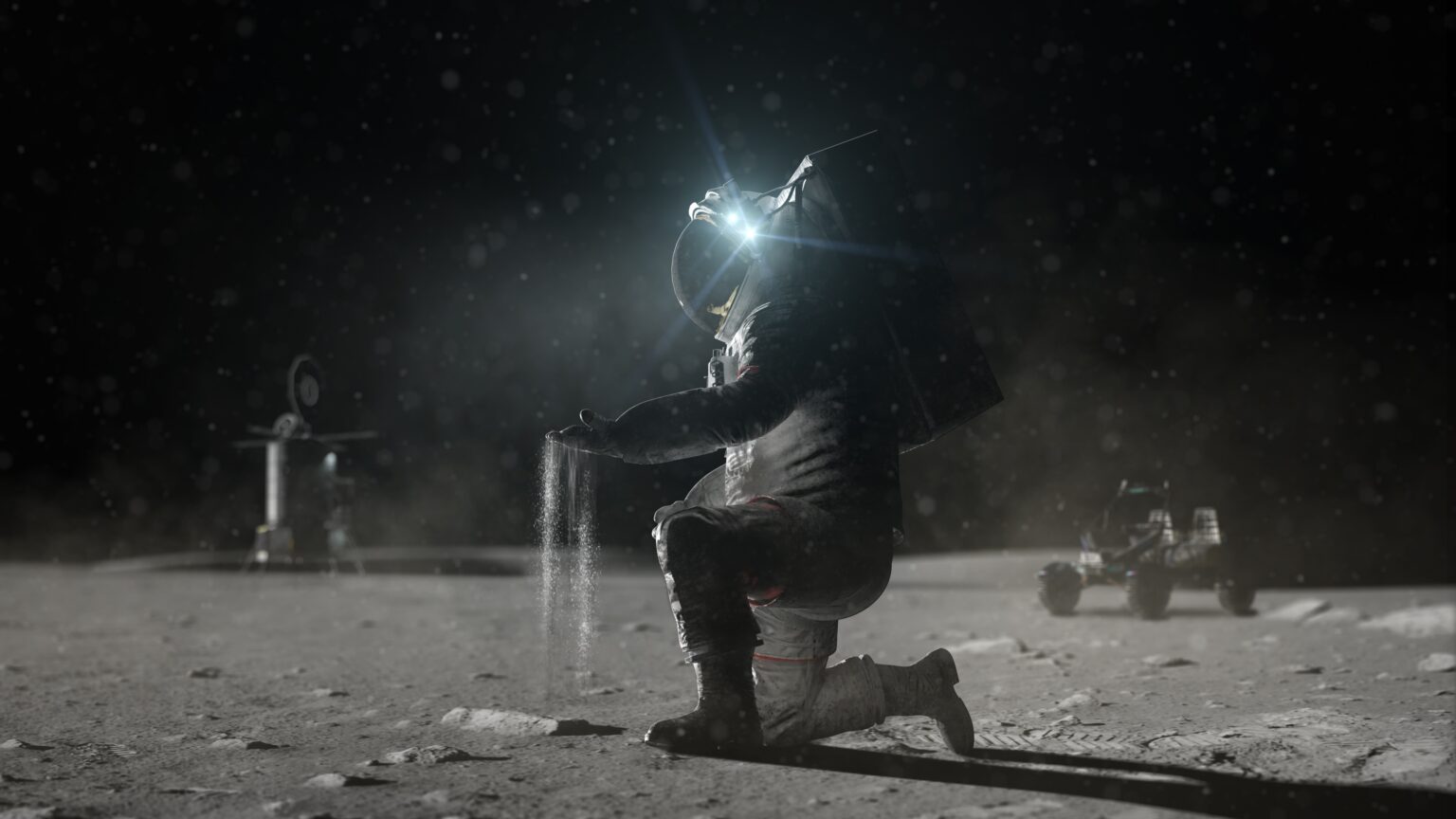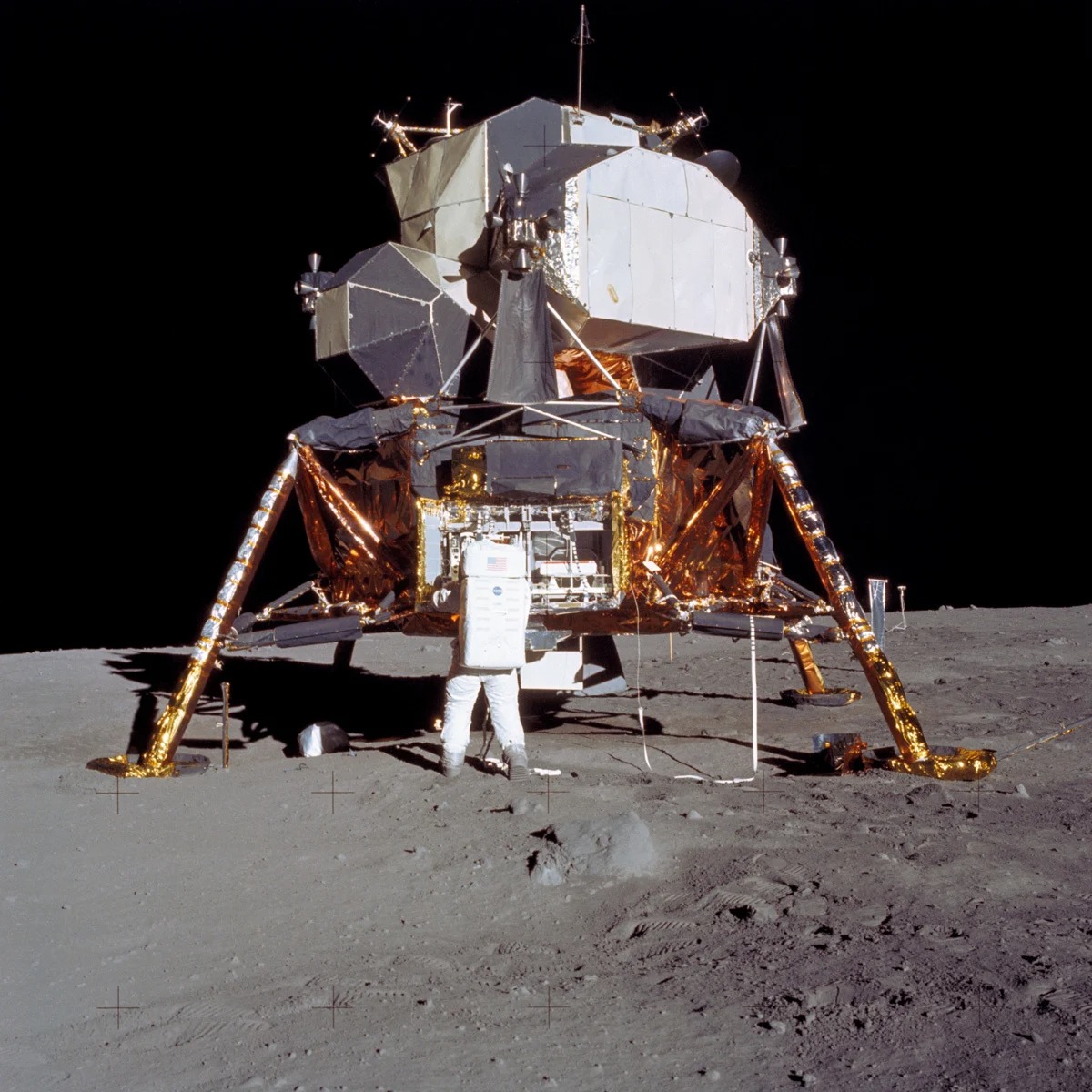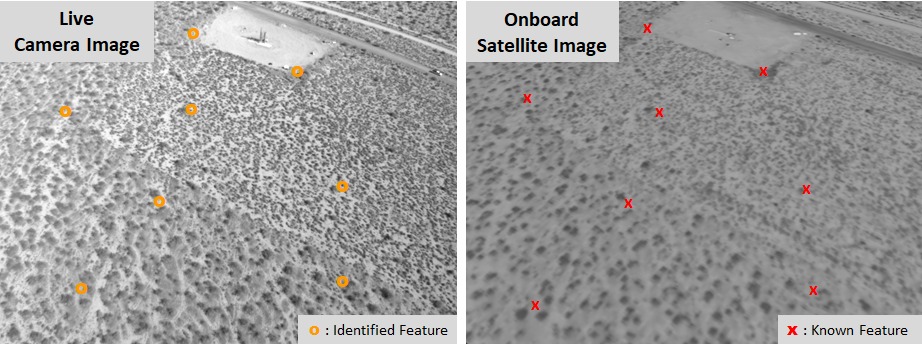At an altitude of about 500 m above the surface of the Moon, Neil Armstrong switched to manual control of the Apollo lander. The onboard computer of the module wanted to land astronauts on a boulder-strewn field. Therefore, the legendary pilot had to make a quick decision and land the lander on his own. Meanwhile, erroneous alarms sounded in the module, and the sensor showed that the fuel was running out catastrophically fast. Fortunately, Armstrong and Buzz Aldrin landed the lunar module and walked on the Moon in the summer of 1969. Over the next few years, five more Apollo missions explored the lunar surface.

Now, half a century later, NASA intends to return astronauts to the Moon soon. The Aerospace Administration has already placed its new superheavy SLS rocket on the launch pad in preparation for the first test launch. Nevertheless, landing people on the Moon is still an extremely dangerous process.
It won’t be easy
NASA has chosen SpaceX to create a new lander for the Moon. And recently, the administration turned to other companies with a request to build several landing modules of an alternative design. Whatever spacecraft eventually land on the Moon, frightening but surmountable challenges await them ahead.

“It’s going to be difficult, make no mistake,” commented Tom Percy, lead landing system engineer at NASA’s Marshall Space Flight Center.
Problem No.1: Lack of atmosphere
When spacecraft land on Earth, the atmosphere acts as a moderator. But the Moon’s atmosphere is extremely thin, comparable to the highest layers of the Earth’s atmosphere, where the International Space Station is located. The lack of atmosphere requires more fuel for braking. And there are very few opportunities for astronauts to make mistakes due to the limited amount of fuel. Of course, an emergency reserve is provided in case of unforeseen tasks, such as an important flight correction. But the mission, as a rule, cannot allow great failures.
Problem No.2: There is no GPS on the Moon
On the Earth, planes rely on the US GPS satellite navigation system. It also provides accurate landing coordinates when planes and other aircraft are moving through the sky. But there is no such satellite network around the Moon. Thus, astronauts would have to navigate the way they did during the Apollo missions more than 50 years ago. They will rely on the calculations of the lunar lander’s computers to stay on course for a specific landing site on the Moon. It is important to note that astronauts would also be able to take control of the spacecraft, as Neil Armstrong did, if the system would make a mistake.

Fortunately, modern technologies will offer astronauts much more assistance before landing. Modern technology called “Terrain Relative Navigation” uses a camera to map the terrain during descent. It ensures that astronauts will head to the right place, which will help the lander avoid craters or boulders. It should be noted that an accidental landing on a large boulder can have catastrophic consequences for both the spacecraft and the crew.
Problem No.3: The south pole of the Moon is a creepy dark place
The Apollo crew visited the bright, sunlit side of the Moon. But during the Artemis mission, astronauts will get inside a crater at the south pole of the Earth’s moon. Planetary scientists suspect that ice and other valuable resources are abundant in this very cold and dark region. The Sun never rises above your head there. The luminary is always at the horizon and can cast very long shadows on the surface. These shadows will distort the visual orientation during landing.

Thus, it will not be easy to land on the shaded side of the Moon without GPS or the help of the atmosphere. But the aerospace administration is preparing for a continuous series of annual landings on the Moon, starting around 2027. These attempts will undoubtedly enchant the world, just like the successful Apollo missions half a century ago.
Earlier, LRO photographed the potential landing site of the Artemis III mission.
